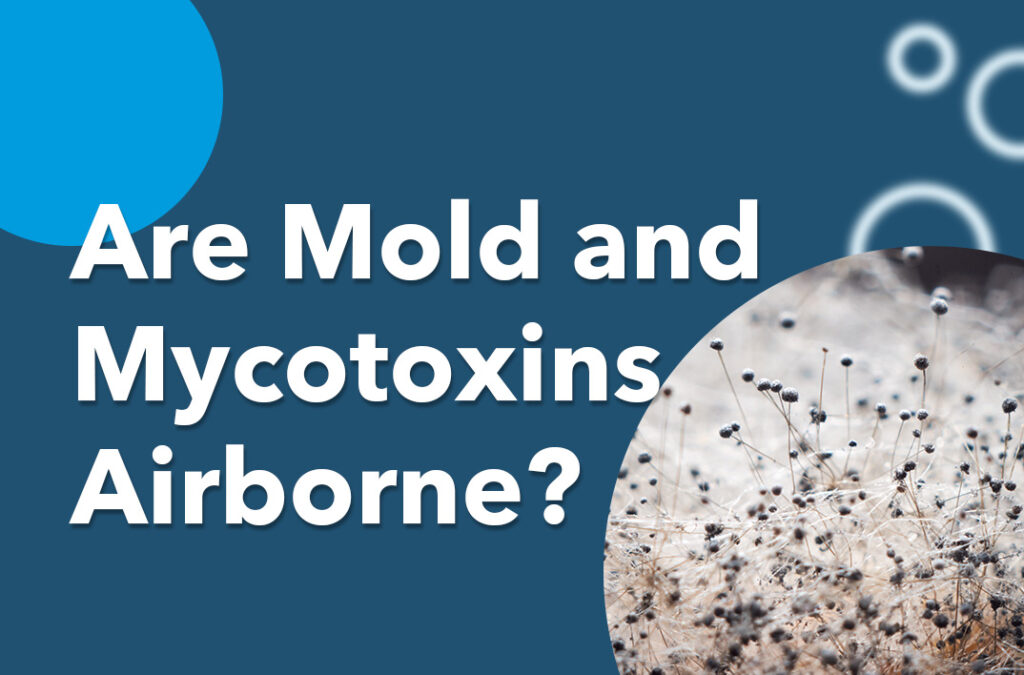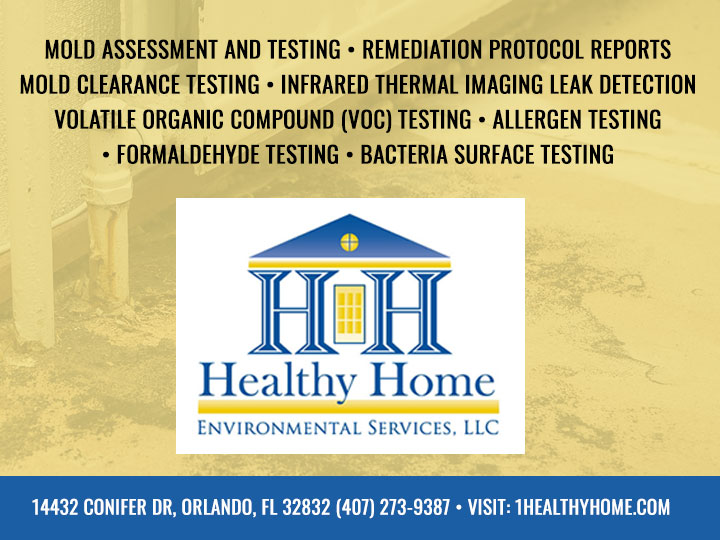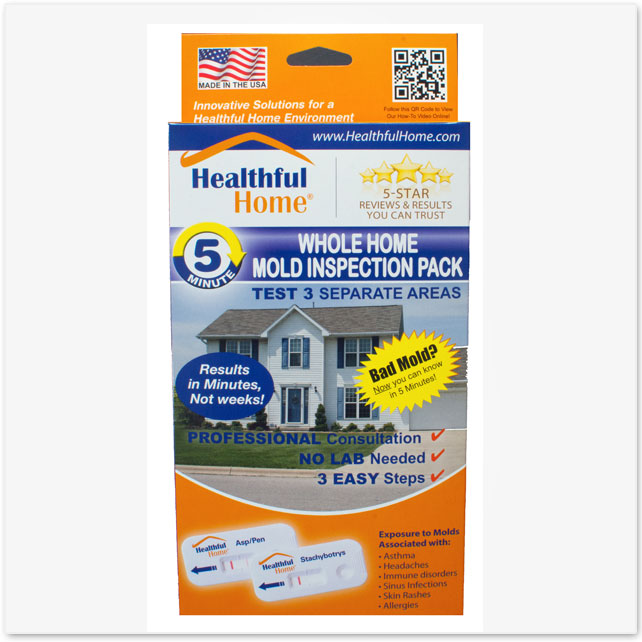Enhance Your Safety And Security Methods with Professional Mycotoxin testing Services
Enhance Your Safety And Security Methods with Professional Mycotoxin testing Services
Blog Article
Ensuring Compliance With Laws: the Role of Mycotoxin Checking in Top Quality Control
Making sure conformity with strict policies is extremely important for keeping food safety, and the role of mycotoxin testing in quality assurance can not be overstated. Mycotoxins, hazardous substances created by particular molds, pose substantial health risks, making their detection critical in food production. Adherence to governing standards, such as those established by the FDA and EU, requires durable testing techniques and modern technologies to determine and quantify these pollutants. By applying detailed testing methods, firms can protect against potential health situations, prevent expensive recalls, and preserve consumer count on. Nevertheless, the complexities of these testing procedures increase essential questions regarding their performance and efficiency.
Recognizing Mycotoxins
Recognizing mycotoxins is fundamental to ensuring the quality and safety and security of agricultural items. Mycotoxins are hazardous second metabolites produced by certain species of fungis, typically discovered in foods such as grains, seasonings, and nuts. These substances can occur at various stages of the food production process, from pre-harvest to storage space, and present considerable health and wellness dangers to both humans and animals (Mycotoxin testing Services). The most notorious mycotoxins include aflatoxins, ochratoxins, trichothecenes, and fumonisins, each connected with certain ecological conditions and fungal types.
The presence of mycotoxins in food products can lead to severe and chronic health concerns, consisting of liver damage, immune suppression, and cancer causing impacts. By understanding the resources, types, and results of mycotoxins, stakeholders in the farming market can better implement preventative measures and mitigate threats, making sure safer intake for end-users.
Regulatory Requirements for Mycotoxins
Having actually established a fundamental understanding of mycotoxins and their influence on food security, it is essential to assess the regulative standards governing their visibility in agricultural products. Governing standards for mycotoxins are necessary since they define acceptable restrictions, ensuring food security and safeguarding public wellness. Different global and national firms have actually established these restrictions based on detailed risk assessments.
The Codex Alimentarius Compensation, a global body established by the FAO and WHO, gives standards and optimum permitted levels for different mycotoxins in food and feed. The Codex has actually set limits for aflatoxins in peanuts, maize, and dried out figs, amongst various other assets. These standards are often taken on or adapted by individual nations to fit their details requirements.
In the European Union, Policy (EC) No 1881/2006 states maximum levels for numerous mycotoxins, such as aflatoxins, ochratoxin A, and deoxynivalenol, in various food items. Likewise, the U.S. Fda (FDA) has established activity degrees for mycotoxins like aflatoxins in products such as grains and nuts.
Adherence to these regulatory criteria is critical for maintaining market accessibility, consumer depend on, and public health. Non-compliance can cause considerable economic losses and health and wellness threats, emphasizing the importance of stringent mycotoxin screening procedures.
Checking Methods and Technologies

ELISA is extensively valued for its cost-effective and quick screening capacities, making it ideal for high-throughput atmospheres. It relies upon antibodies to find particular mycotoxins, providing outcomes in a fairly short time frame. Its level of sensitivity might be restricted compared to more advanced techniques.
HPLC, on the other hand, masters supplying measurable analysis with high precision and precision. It separates complex mixtures right into private elements, making it highly efficient for determining and quantifying click for more multiple mycotoxins simultaneously - Mycotoxin testing Services. This method, while extra time-consuming and resource-intensive than ELISA, uses a higher degree of dependability

LC-MS represents the pinnacle of analytical uniqueness and sensitivity. Incorporating the separation power of liquid chromatography with the detection capacities of mass spectrometry, LC-MS can discover also trace levels of mycotoxins. This approach is important for confirming the presence of mycotoxins in forensic and regulatory contexts, making sure conformity with rigorous safety and security requirements.
Applying Evaluating Procedures

Including these innovative testing techniques right into a detailed quality assurance framework necessitates a well-structured strategy to applying testing protocols. To accomplish this, organizations must initially perform a comprehensive risk evaluation to determine potential mycotoxin contamination points within the supply chain. This assessment educates the advancement of a tailored testing method that resolves specific vulnerabilities.
Next, establishing standardized tasting procedures is critical. Regular sampling makes certain that examination outcomes are reliable and representative of the entire set (Mycotoxin testing Services). Sticking to guidelines from regulatory bodies, such as the FDA or EFSA, aids preserve compliance and enhances the trustworthiness of the testing procedure
Training workers is one more critical component. Team has to be skilled in both example collection and the procedure of testing equipment. Routine training sessions and accreditation programs can make sure that employee stay upgraded with the most recent techniques and governing modifications.
Benefits of Mycotoxin Examining
Mycotoxin screening provides countless benefits that significantly improve the safety and security and quality of food and feed products. Largely, it acts as a critical control action to avoid polluted items from getting to the consumer market, thereby guarding public health and wellness. By identifying and measuring mycotoxins such as fumonisins, aflatoxins, and ochratoxins, manufacturers can make certain that their items satisfy rigorous regulative standards, hence staying clear of prospective legal effects and associated expenses.
Additionally, mycotoxin screening adds to the financial viability of food and feed markets by lessening the threat of massive product recalls. The capacity to isolate and detect polluted sets early in the manufacturing process minimizes waste and prevents the financial losses related to damaged brand name online reputation. Moreover, it cultivates customer trust and commitment, as consumers are progressively familiar with food security concerns and need better requirements.
The execution of regular mycotoxin screening additionally advertises best techniques within farming and manufacturing fields. By adhering to rigorous testing methods, firms can optimize their quality assurance procedures, boost operational efficiency, and make sure the consistent manufacturing check this of safe, high-quality products. To conclude, the benefits of mycotoxin screening are complex, contributing to public health, financial security, and market honesty.
Final Thought
Mycotoxin testing is important in making certain conformity with governing requirements, thus maintaining food safety and top quality control. Thus, mycotoxin screening continues to be an indispensable component of contemporary food safety and security administration systems.
Making certain conformity with rigid policies is extremely important for keeping food safety, and the duty of mycotoxin testing in quality control can not be overemphasized.In the realm of mycotoxin testing, progressed innovations and techniques are essential in ensuring food safety and security and governing compliance.Mycotoxin testing offers various advantages that considerably enhance the safety and security and top quality of food and feed items.Mycotoxin testing is crucial in ensuring conformity with regulatory standards, consequently preserving other food safety and security and high quality control. Hence, mycotoxin screening stays an indispensable element of modern food safety and security monitoring systems.
Report this page